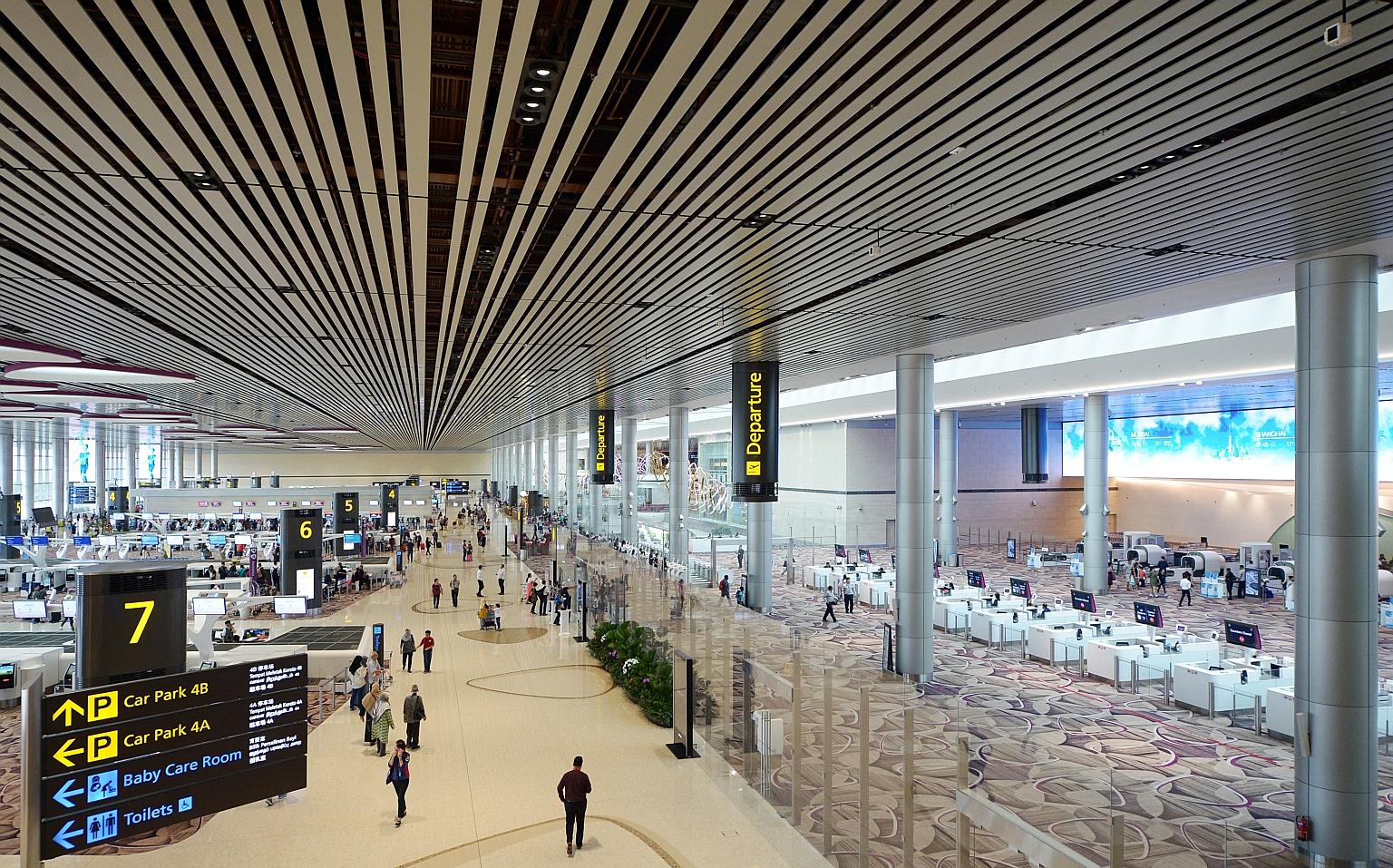Changi Airport to channel part of its profits into two funds
Reserve fund will serve as buffer against industry shocks; second fund will support expansion work
Sign up now: Get ST's newsletters delivered to your inbox

The reserve fund can be tapped to tide through significant shocks to the aviation system, such as an economic downturn or a pandemic like Sars, said Second Minister for Transport Ng Chee Meng.
ST PHOTO: ALPHONSUS CHERN
Karamjit Kaur
Follow topic:
Changi Airport will soon have to park part of its annual profits in two funds, as part of the Government's plans to ensure enough resources to deal with aviation crises and support future expansion.
Changi Airport Group (CAG) will have to set up and maintain a reserve fund with annual undisclosed contributions, under the Aviation (Miscellaneous Amendments) Bill passed in Parliament yesterday.
Second Minister for Transport Ng Chee Meng said: "The reserve fund will act as a buffer against significant shocks to the aviation system, such as a downturn in the economy or a pandemic like Sars which may cause a sudden decrease in public confidence in air travel."
In such situations, the reserve fund can be tapped to provide temporary assistance to tide the industry through, he added.
Separately, Changi Airport will also have to make annual contributions - from its surplus - to the Changi Airport Development Fund (CADF), which was set up in 2015 to support airport expansion projects.
So far, the Government has injected about $4 billion into the kitty.
The fund will support the ex-pansion of Changi Airport and ensure the long-term financial sustainability of the aviation system, Mr Ng said.
The proposals come as Singapore embarks on a massive expansion plan that will almost double the size of Changi Airport. This is to ensure that the airport has adequate capacity to cater to the demand for air travel in the Asia-Pacific region, which is expected to triple in the next two decades.
The Changi East development plan includes massive infrastructure works, building a third runway and constructing a mega passenger terminal, Terminal 5 (T5), that will eventually be bigger than T1, T2 and T3 combined.
T5 is slated to open around 2030.
The Government has already announced that from July 1, charges and fees for passengers and airlines at Changi Airport will be increased to help fund the expansion, which is expected to cost tens of billions of dollars. Departing passengers will have to pay $47.30, an increase of $13.30. The sum will be collected as part of the airfare. The increase comprises a new $10.80 levy which will also go into the CADF.
The Aviation (Miscellaneous Amendments) Bill passed by Parliament yesterday also allows Singapore to put in place provisions to comply with a global market-based scheme for airlines to offset their aviation emissions growth with carbon credits.
From Jan 1 next year, the International Civil Aviation Organisation (ICAO) - a United Nations agency that oversees global commercial aviation - will require all member countries to comply with new monitoring and reporting rules.
The eventual aim is carbon-neutral growth from 2020.
Responding to Non-Constituency MP Dennis Tan, who expressed concerns about noise and air pollution as Changi expands, Mr Ng said that apart from the global emissions scheme, new aircraft, which many carriers including Singapore Airlines now operate, are cleaner and less noisy than older planes.

